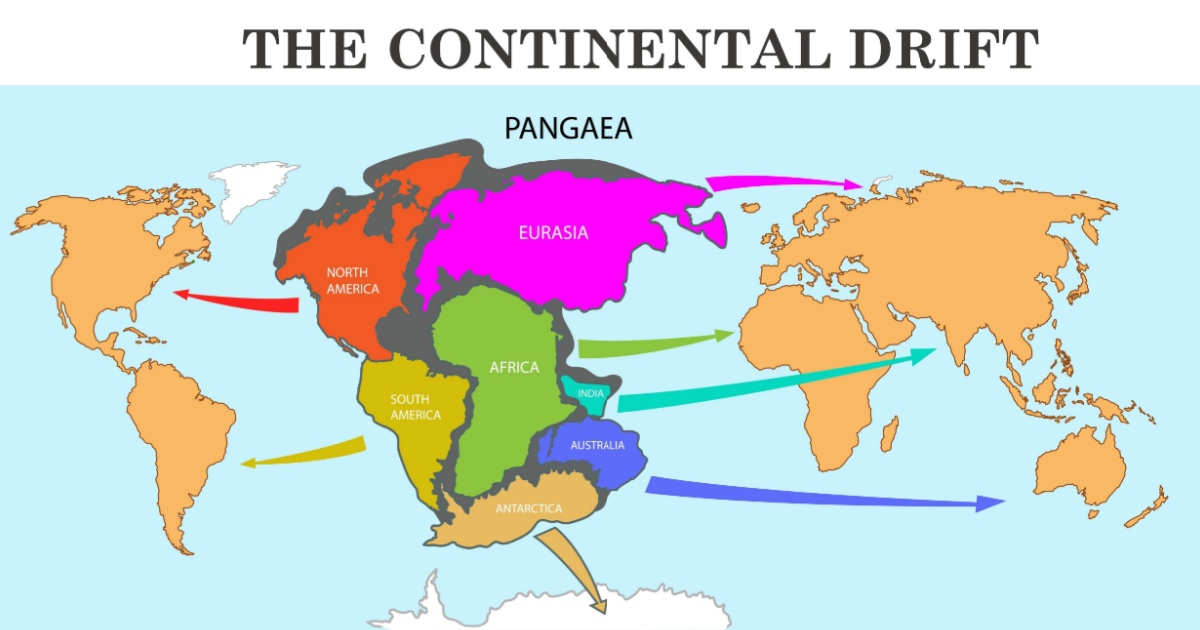
Shutterstock
The Atlantic Ocean is a massive body of water that is so huge that it seems like it must have always been there, but that is not actually the case. Millions of years ago, the supercontinent Pangaea was all together, leaving no room for the Atlantic to form between South America and Africa.
According to a new study published in the journal Global and Planetary Change, researchers have uncovered new information about just how and when this ocean was created, and it was quite dramatic.
The researchers are from Heriot-Watt University in Edinburgh. They found huge underwater sediment waves that are made of sand and mud off the coast of Guinea-Bissau. The data used to find these waves was gathered in the 1970s thanks to seismic data and drilling cores.
The waves are positioned about 1 kilometer (.62 miles) below the seabed and are shown to have formed during the Equatorial Atlantic Gateway, which was a seaway that was created at the time when South America and Africa split apart.

Shutterstock
Dr. Uisdean Nicholson is one of the study authors. He works as a geologist at Heriot-Watt University, and in a statement to IFLScience, said:
“One layer was particularly striking: it included vast fields of sediment waves and ‘contourite drifts’ – mud mounds that form under strong bottom currents. Imagine one-kilometre-long waves, a few hundred metres high: a whole field formed in one particular location to the west of the Guinea Plateau, just at the final ‘pinch-point’ of the separating continents of South America and Africa,”
When this occurred, it was quite a dramatic event in the Earth’s history. Dr. Nicholson goes on to say:
“They formed because of dense, salty water cascading out of the newly formed gateway. Think of it like a giant waterfall that formed below the ocean surface.”
The water in the North was fresher and less salty compared to that in the South, which was extremely salty. Before the event, massive amounts of salt had been gathered in the South Atlantic. As the gateway expanded, freshwater was able to rush in, meeting the heavier salt water, which was then pushed North. This movement resulted in massive underwater waves, which can be compared to an underwater waterfall.

Shutterstock
These sedimentary waves are not only incredible today, but also help to identify exactly when the Atlantic started to form. Previous research suggested that the gateway began to open between 113 and 83 million years ago. These sediment waves, however, show that it took place earlier, likely around 117 million years ago.
Having a more precise and accurate date is important for researchers, as the breakup of Pangaea is important for many other areas of study as well.
If you thought that was interesting, you might like to read a story that reveals Earth’s priciest precious metal isn’t gold or platinum and costs over $10,000 an ounce!
Categories: HISTORY, NATURE/SPACE
Tags: · africa, Atlantic Ocean, earth, geology, nature, pangea, science, sediment, single topic, South America, supercontinent, top

